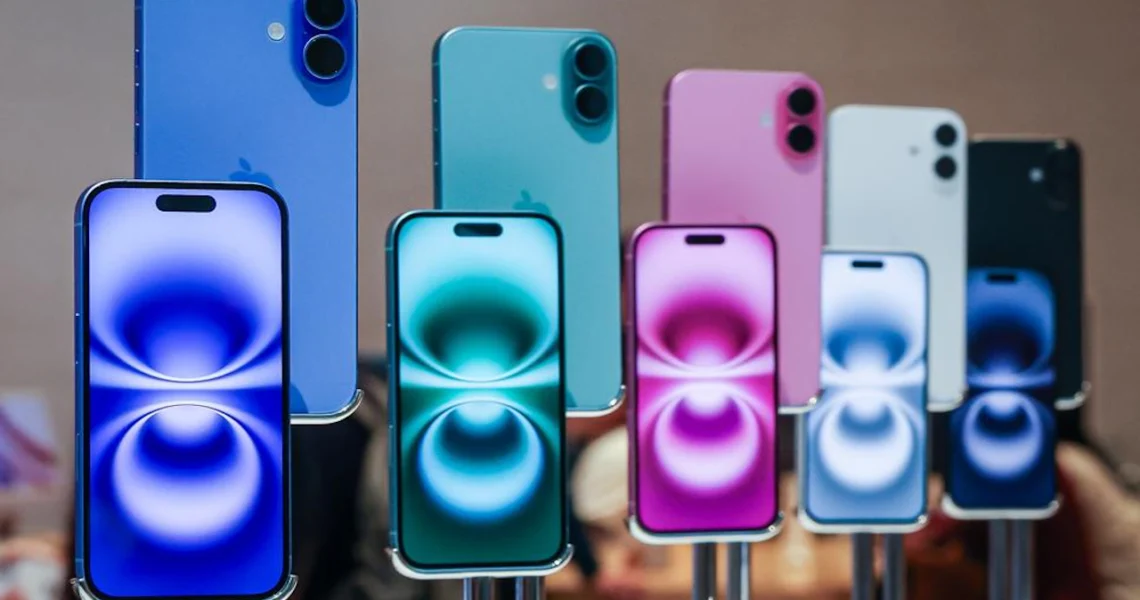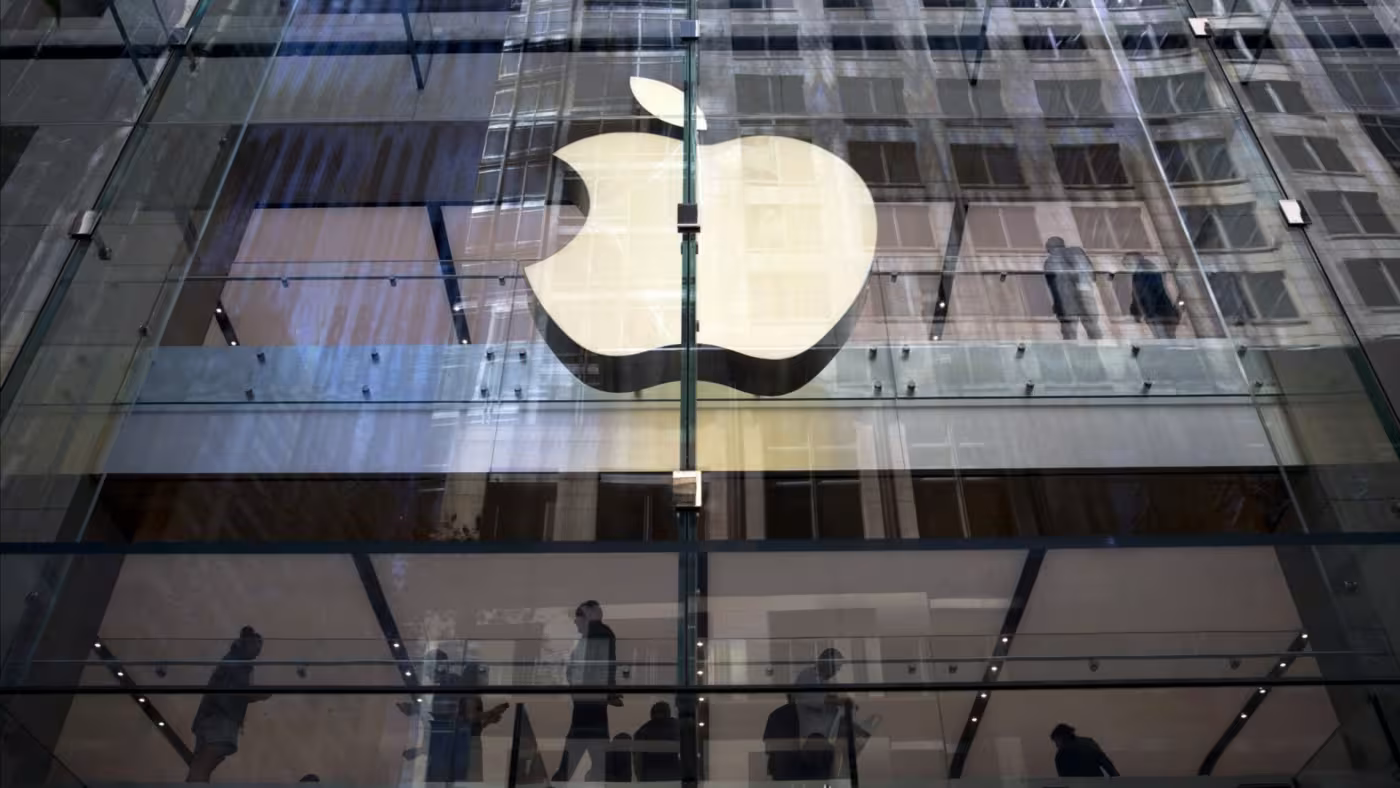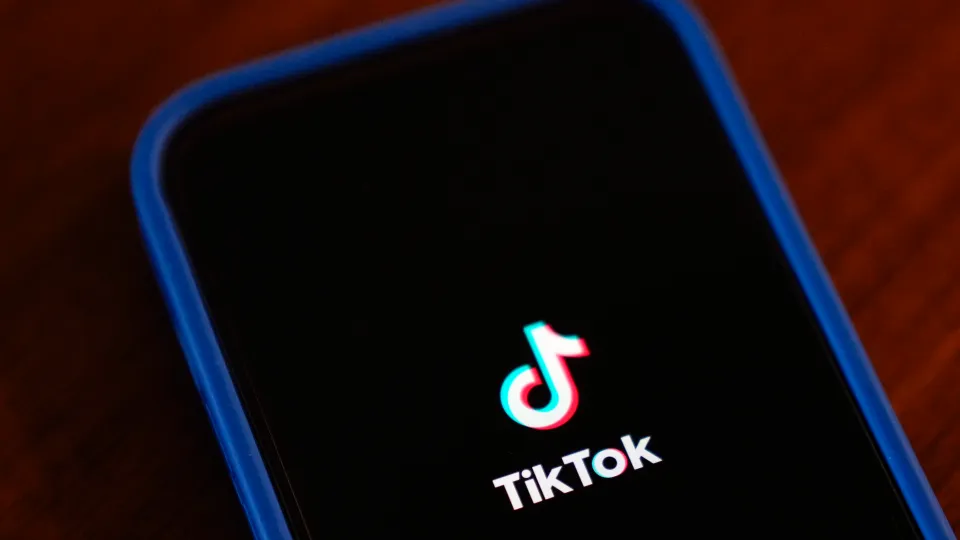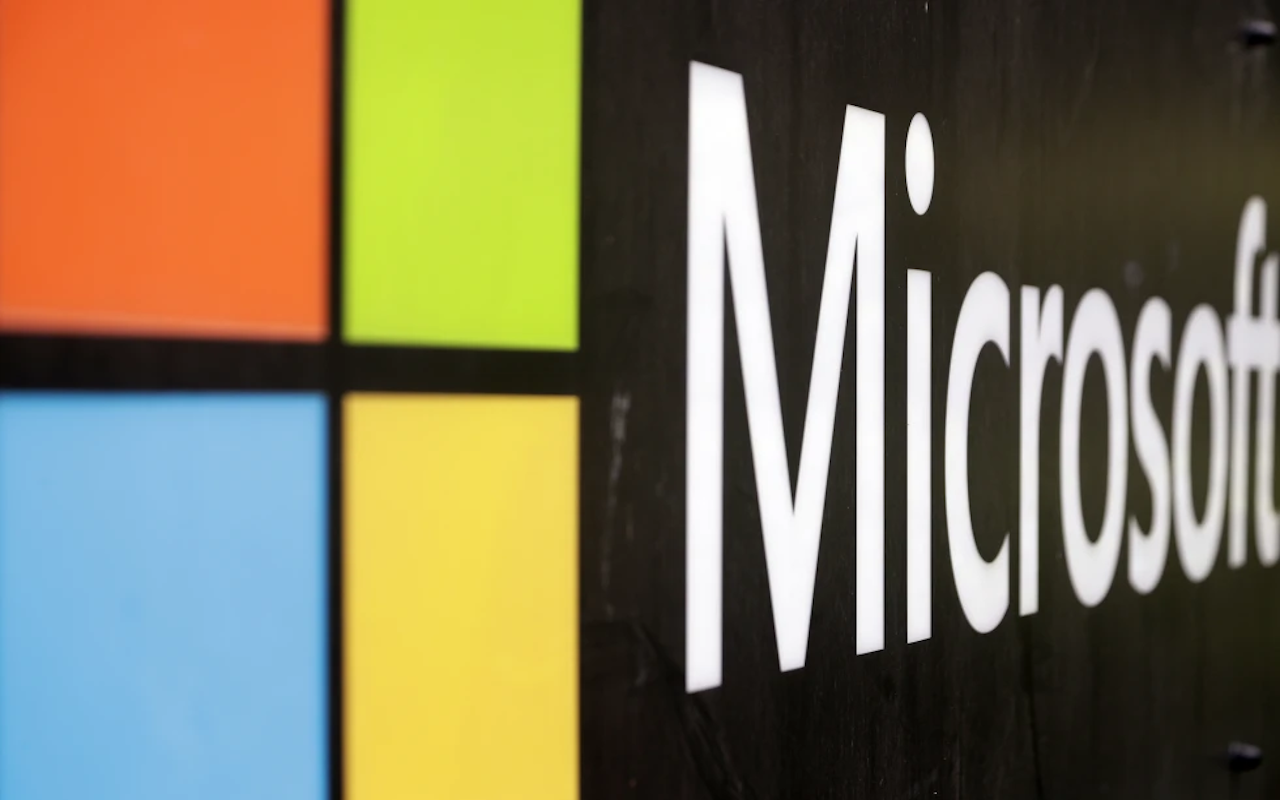iOS 26: iPhone Compatibility & Crucial Security
The highly anticipated arrival of Apple’s iOS 26 is set for this fall, promising a significant evolution for iPhone users worldwide.
This major software update is more than just a routine refresh; it introduces a suite of amazing new features designed to enhance user experience, productivity, and, notably, security. A central pillar of these innovations is the deep integration of Apple Intelligence AI, a powerful on-device artificial intelligence system poised to revolutionize how users interact with their devices. Alongside groundbreaking AI capabilities, iOS 26 will also debut a fresh aesthetic, characterized by a new design language dubbed “Liquid Glass,” suggesting a more fluid, transparent, and refined visual interface.
However, as with every significant software iteration from Apple, there’s a crucial consideration for iPhone owners: not all iPhones will be capable of upgrading to iOS 26. This perennial reality means that while many users will enjoy the cutting-edge features, a segment of the iPhone user base will find their devices remaining on older software versions. This raises critical questions: Which specific iPhones will be able to run Apple’s new software? And, perhaps even more importantly, what are the implications for your device’s security if it no longer receives the latest updates? Understanding these compatibility and security considerations is paramount for every iPhone user as the new operating system approaches.
The Critical Role of iOS 26 Security Upgrades
The introduction of iOS 26 is not merely about new features; it is fundamentally about ensuring the ongoing security and integrity of your iPhone. The iOS 26 update will include a comprehensive array of security upgrades specifically designed to patch vulnerabilities and “holes that can be exploited by attackers.” In the ever-evolving landscape of cyber threats, these updates are not optional luxuries but essential safeguards. They address newly discovered exploits, strengthen existing defenses, and provide crucial protection against sophisticated malware, phishing attempts, and data breaches.
Apple follows a specific strategy to manage the transition between major iOS versions. For a short period after the new operating system officially lands in September, Apple will continue to issue updates for iOS 26’s predecessor, iOS 18. This temporary overlap is a deliberate move to accommodate users. It ensures that any “hesitant upgraders” who prefer to wait—perhaps to allow early bugs in iOS 26 to be ironed out, or due to other logistical reasons—can still benefit from critical security patches. This “grace period” provides a safety net for users who are not immediate early adopters of the new software.
However, it is crucial to understand that this extended support for older versions is time-limited. Unless Apple significantly deviates from its current established strategy, the company typically supports the immediate predecessor for a period of up to six months after the launch of the new iOS version. Once this window closes, ongoing support for the older operating system drastically diminishes. After this six-month period, the iPhone maker may only issue extremely limited updates, typically reserved for “major holes such as already-exploited flaws.” These are often critical, high-severity vulnerabilities that have already been discovered and potentially weaponized by malicious actors.
In practical terms, this strategic approach means that if you choose to stay on iOS 18 for too long, you will inevitably “reduce your iPhone’s security.” As new vulnerabilities are discovered and patched in iOS 26, these fixes will generally not be backported to older, unsupported versions. This gradually creates a security gap, which could “leave you open to attack by adversaries looking to steal data, or deploy spyware.” Cybercriminals actively target older, unpatched software versions because they present easier entry points into devices. Therefore, upgrading to the latest iOS version is not just about gaining new features; it is a fundamental act of protecting your personal data, privacy, and device integrity in a hostile digital environment.
Breakthrough Security & Privacy Features in iOS 26
Beyond foundational security patches, Apple’s iOS 26 will also introduce a number of innovative and “cool” security and privacy features that are simply unavailable on earlier iOS versions. These enhancements are designed to give users greater control over their personal information and to provide more robust defenses against emerging threats.
One standout new feature in iOS 26 is the introduction of “Call Screening.” This builds upon the already “very useful iOS 18 feature Live Voicemail,” which allowed users to see a real-time transcription of an incoming voicemail. Call Screening takes this concept further by automatically answering unknown callers without interrupting the user. According to Apple’s description, when an unknown caller attempts to reach you, “Call Screening automatically answers unknown callers without interrupting you.”
The system then prompts the caller to state their name and the reason for their call. Once this information is shared, “your phone rings and you can decide if you want to pick up.” This feature is a game-changer for reducing unwanted spam calls, telemarketing attempts, and suspicious contacts, allowing users to vet callers discreetly and avoid disruptive interruptions. It offers a new layer of control over who can directly reach you, enhancing personal privacy and minimizing daily annoyances.
Another significant privacy feature introduced in iOS 26 is the groundbreaking ability to “create a digital ID in Wallet using your U.S. passport.” This innovative integration allows users to securely store a verified digital version of their U.S. passport within the Apple Wallet application. This digital ID is designed for seamless and secure verification in various real-world scenarios. For example, it can be “used at TSA checkpoints” for expedited security clearance, streamlining the travel experience.
Beyond airport security, this digital identification can also be leveraged “in apps and in person” for identity verification, offering a secure and convenient alternative to physical documents. This feature leverages Apple’s robust security architecture to ensure that sensitive personal data remains protected while enabling broader digital identity solutions.
Furthermore, the Browse experience in Safari gets a substantial privacy upgrade with “advanced fingerprinting protection.” This crucial enhancement will now extend to “all Browse by default,” meaning users will be automatically protected from sophisticated tracking techniques employed by websites to identify and follow users across the internet. Browser fingerprinting involves collecting unique characteristics of a user’s device (like screen resolution, installed fonts, browser plugins, and system settings) to create a “fingerprint” that can uniquely identify them, even without cookies.
By extending advanced fingerprinting protection to all Browse sessions, Safari in iOS 26 significantly strengthens user anonymity online, making it much harder for advertisers and data brokers to build comprehensive profiles based on Browse habits. This move reaffirms Apple’s commitment to user privacy as a core differentiator of its ecosystem.
Compatibility Check: Which iPhones Will Run iOS 26?
The crucial question for many iPhone users revolves around compatibility. Below is the comprehensive list of iPhones confirmed to be capable of running the upcoming iOS 26. This list encompasses a wide range of recent models, ensuring that a significant portion of the active iPhone user base will be able to upgrade and enjoy the new features and critical security enhancements:
- iPhone 16e
- iPhone 16
- iPhone 16 Plus
- iPhone 16 Pro
- iPhone 16 Pro Max
- iPhone 15
- iPhone 15 Plus
- iPhone 15 Pro
- iPhone 15 Pro Max
- iPhone 14
- iPhone 14 Plus
- iPhone 14 Pro
- iPhone 14 Pro Max
- iPhone 13
- iPhone 13 mini
- iPhone 13 Pro
- iPhone 13 Pro Max
- iPhone 12
- iPhone 12 mini
- iPhone 12 Pro
- iPhone 12 Pro Max
- iPhone 11
- iPhone 11 Pro
- iPhone 11 Pro Max
- iPhone SE (2nd generation and later models)
This extensive list demonstrates Apple’s commitment to supporting a broad range of its devices for several years. However, a significant caveat remains for certain user groups. If you find yourself among those who are a “target for attackers”—such as a business executive, a dissident, a journalist, or a political figure—the recommendation is even stronger.
For individuals with a heightened risk profile, the advice is to “consider getting a newer device within the next year.” While older supported iPhones will receive iOS 26, newer models often incorporate additional hardware-level security enhancements and benefit from optimal performance with the latest software. For those facing advanced, persistent threats, staying on the absolute cutting edge of hardware and software security is a non-negotiable imperative.
Identifying Incompatible iPhones: The End of the Line
While a substantial number of iPhones are indeed compatible with iOS 26, there are also some notable and widely used devices that are conspicuously missing from the compatibility list. These devices represent a significant segment of the older iPhone user base who will not be able to upgrade to Apple’s latest software. Specifically, the following models will not be able to run iOS 26:
- iPhone X
- iPhone XS
- iPhone XR
- iPhone XS Max
Furthermore, it is important to understand that “all other iPhones released before this date”—meaning any iPhone model that predates the iPhone 11 series and the 2nd generation iPhone SE—will also not be able to run iOS 26. This includes popular older models like the iPhone 8, iPhone 8 Plus, and earlier generations. For owners of these devices, this means the end of major software updates and, crucially, a significant reduction in long-term security support.
For users who prioritize their digital security, particularly in a world rife with cyber threats, it is a “good idea to consider replacing your device in the near future.” Continuing to use an iPhone that no longer receives major security updates puts your personal data and privacy at increasing risk. Adversaries constantly develop new ways to exploit vulnerabilities, and older, unsupported software becomes an easier target. This advice applies even if you are considering purchasing a “second-hand iPhone” as a more budget-friendly option; ensure that any used device you acquire is on the iOS 26 compatibility list to guarantee ongoing support.
It is also worth noting a common trend in the smartphone market that can benefit those looking to upgrade. iPhones typically become “cheaper once the next models are released.” This means that if you are patient and “wait until the new year to buy an iPhone 16, for example, you could save much-needed cash.” The release of the iPhone 17 series in the fall of 2025 will likely cause a price drop for the iPhone 16 models, making them a more accessible option for those needing an upgrade while still ensuring compatibility with iOS 26 and beyond. This offers a strategic purchasing window for budget-conscious users seeking modern security and features.
Latest Developments: iOS 26 Beta and iOS 18.6 Beta
As the official launch approaches, Apple has been actively pushing out beta versions of its upcoming software. The company has recently issued the third iOS 26 beta, providing developers and public testers with a closer look at the new operating system. This beta includes a range of feature and performance enhancements, as Apple refines the software based on early feedback.
However, the initial feedback for iOS 26 so far has been somewhat mixed. While some users are undoubtedly excited by the new functionalities and the promise of Apple Intelligence AI, others have expressed reservations, particularly regarding the new “Liquid Glass” design look. Aesthetic changes are always subjective, and it appears this new visual language is not universally embraced. More critically, reports from the beta program indicate the presence of significant bugs.
A recent thread on Reddit includes “multiple reports of bugs in the third iOS 26 beta,” highlighting various issues experienced by early testers. These reported problems include concerns with signal stability, noticeable battery drain, functionality issues with Apple Pay, and persistent Wi-Fi problems. One user’s comment encapsulates the sentiment: “This is by far one of the most buggiest betas I have seen for some time.” Such feedback is common during beta cycles and provides Apple with crucial data to address issues before the public release.
Concurrently with the iOS 26 beta, Apple has also released the second beta of iOS 18.6. This update pertains to its current stable software, iOS 18, and is “the update to its current software that you can expect to see very soon, probably this month.” This continued support for iOS 18, even as iOS 26 nears release, reinforces Apple’s strategy of providing incremental refinements and security patches to the preceding operating system during the transition period.
iOS 26 Release Date and Public Beta Access
The official launch of Apple’s iOS 26 is confirmed to be coming in September. While an exact release date is not yet known, Apple typically releases its major iOS updates to the public in mid-September, usually a few days after its annual iPhone event. This timing ensures that the new software is available when the latest iPhone models begin shipping.
For eager users who wish to experience iOS 26 before its official public release, the iOS 26 public beta is currently available through the Apple Beta Software Program. Interested individuals can sign up and download the beta version by visiting beta.apple.com. Participating in the public beta allows users to test new features, provide feedback to Apple, and get an early glimpse of the upcoming operating system. However, it is important to remember that beta software can be unstable and may contain bugs, so it is generally not recommended for primary devices.
Finally, for those whose iPhone cannot run iOS 26, there is “no need to panic.” While a future upgrade should be considered, immediate action is not always necessary. The most crucial advice is to “just make sure you are updating your iPhone when Apple does issue security fixes.” This refers to the aforementioned limited security patches that Apple might still issue for critical vulnerabilities on older, unsupported devices.
Staying on top of these infrequent but vital updates is the bare minimum for maintaining some level of security. However, for true long-term security and access to the latest features, the recommendation remains: “consider replacing your device in the near future.” This ensures that your iPhone remains protected against evolving cyber threats and continues to receive comprehensive software and security support from Apple.





